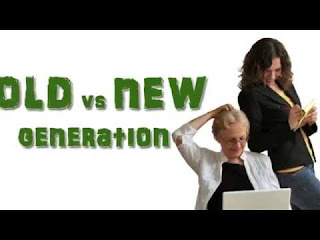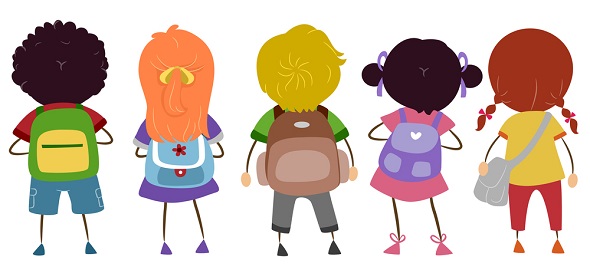Ganancial,
Estela L. BSEd General Science 4
MW 3:00-5:00 PM
Educational
Technology 2
Lesson 5: Preferences of the Technology
Learners
Content
The older generation is much
different from the new generation in terms of their life, work, and leisure. Good
things much enjoyed by elders when they were still students are no longers
available to the new generation. We can also notice the difference in terms of
learning preferences as well as the type of classes to which they are exposed
with. As the technology advances, the society must also adopt to its changes
for a long term development of their country. In the field of education, it is
important that critical differences in perceptions between old and new
generation create a generation gap need to be understand or discussed. This can
be best understood by tracing the single and multi-track activity patterns of
old and new generation like the following:
Text versus Visuals
Oldies were exposed to books with
rich illustrations and photos and for research purposes, they go to library
while the digital generation are exposed to cable television and videos,
computer images and the like.
Linear versus
Hypermedia
Old generation
has obtained information in linear, logical and sequential manner that made
them more logical, focused and reflective thinkers while the new generation
follows random access to hyperlinked digital information which made them less in focus,
reflection and easily get bored with short span of attention.
Independent
versus Social learners
Oldies
were made to be independent prior to participation than what the new generation
does which more likely attached to social medias such Facebook, Twitter, etc.
for instant communication, socialization and discovery.
Learning to do
versus to pass the test
Old teachers teach students in order to help them pass the exam and
complete the requirements while digital learners simply wish to acquire skills,
knowledge, and habits necessary for future careers.
Delayed rewards
versus Instant gratification
Our oldies were given rewards by their teachers such as medals, ribbons,
and etc during the end of school year for such recognition while digital
learners earns instant gratification from emails, chats, and games from phone
or internet.
Rote memory
versus Fun learning
Teachers were more on content-based approach during old generation which
is measurable by standardized tests while digital learners just prefer fun
learning.
Experience
When I was still a high school student, I had been exposed to a
traditional classroom wherein my teachers always spoke in front and we were
just there as passive learners attentively listening to the discussions.
Frequently, my teachers would assign reports to us. During that time,
technology helped me a lot aside from relying on books. Gladly saying, I was
already able to develop the basic skills in manipulating the computer and I
owed a lot of my learnings from internet access. Since Science, Math, and
English are highly conceptual, we must have diversed resources to rely on with
emphasis of the use of books but my teachers were given us freedom to surf the
net for addtional informations. Our computer lab offered us to use it for
internet access but for limited time only. Hands-on learning was not very
famous during my highschool days but I experienced it a lot in my Filipino,
Chemistry, English, and Physics.
Reflection
From
what I have learned on this lesson, I realized that there’s really a need to
understand the preferences of old and new generation. Since I am science
educator in the future, I don’t want to experience such issues or problems
related to the learning prefernces of my future students. As much as we know,
we can’t stop technology to progress but rather we can control it. Simply, we
can derive solutions that a technology could be useful thing for learners.
Today, learners must learn by doing of course with our guidance as future
teachers. If that would help them then be it as long as it would not destroy
their learning.
Application
When I’m going to teach science someday, I would first get to know my
students better by asking about their wants and needs as students preferrably
their learning styles/preferences and their perceptions about technology. From
that technique, I could diagnose them and then I could employ such approriate
methods/strategies with the aid of technology to support my teaching of science
to them. I would go for hands on learning because this is a good strategy to
cater their needs and interest in learning science concepts. For
teaching-learning process to be more sophisticated and enjoyable, technology
would be of great demand for me.






Walang komento:
Mag-post ng isang Komento